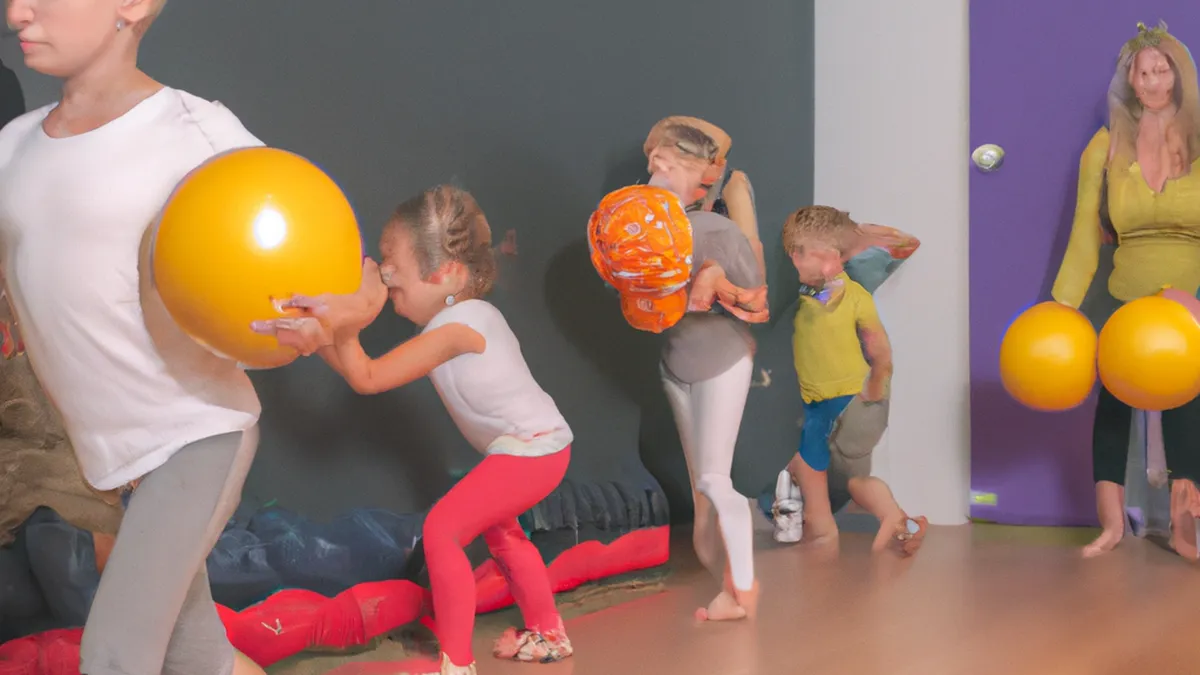Movement Boosts Mental Health in Kids
The Role of Movement in Supporting Mental Health in Kids
Movement significantly supports children’s mental health. In today’s fast-paced world, kids face academic pressures and social challenges that impact their emotional well-being. Fortunately, physical activities enhance their mental health in many ways. This post explores how movement helps children, offers practical tips for daily physical activity, and discusses long-term benefits.
The Connection Between Movement and Mental Health
Research consistently shows that physical activity releases endorphins, natural mood lifters. When kids move, they often feel happier and more relaxed. This matters as anxiety and depression rates rise among children. Physical activity alleviates these symptoms and fosters self-esteem.
Movement also encourages social interaction. Children who join group sports, dance classes, or outdoor activities often form friendships and develop social skills. These connections support mental health by creating a sense of belonging.
Moreover, movement reduces anxiety and stress. Physical activities provide constructive outlets for pent-up energy and emotions. Sports and play allow children to distract themselves from worries and focus on the present. This mindfulness practice decreases stress and enhances coping abilities.
Practical Tips for Encouraging Movement
Encouraging kids to be active can be easy. Here are practical tips to help them integrate physical activity into their daily routines:
1. Make It Fun
Choose activities your child enjoys. Whether dancing, biking, playing tag, or swimming, enjoyment is key. Fun activities encourage regular engagement. Joining them creates bonding experiences and reinforces that physical activity is enjoyable.
2. Set a Routine
Establish a daily routine that includes physical activity. Aim for at least 30 minutes of movement each day. Break this into shorter sessions if needed. For example, let your child play outside for 15 minutes after school and take a family walk after dinner. Consistency makes activity a natural part of their lives.
3. Encourage Variety
Introduce a variety of activities to maintain excitement. Options include team sports, martial arts, gymnastics, or outdoor play. Exposing children to multiple forms of movement helps them discover their preferences, increasing the likelihood they will stick with it.
Conclusion
Movement plays a vital role in supporting children’s mental health. Engaging in physical activities enhances happiness, builds social skills, and reduces stress. By incorporating fun, routine, and variety, we can help children thrive mentally and emotionally.
Below are related products based on this post:
FAQ
How does movement benefit children’s mental health?
Movement benefits children’s mental health by releasing endorphins, which are natural mood lifters. Physical activity helps alleviate symptoms of anxiety and depression, fosters self-esteem, and encourages social interaction, promoting a sense of belonging among peers.
What are some practical ways to encourage kids to be active?
To encourage kids to be active, make it fun by choosing activities they enjoy, establish a daily routine that includes at least 30 minutes of movement, and introduce a variety of activities to keep their interest alive. Engaging in these activities together can also strengthen family bonds.
Why is consistency important in children’s physical activity?
Consistency is important because it helps make physical activity a natural part of children’s daily lives. Establishing a routine encourages regular engagement in movement, which is essential for reaping the long-term mental health benefits associated with physical activity.















Post Comment